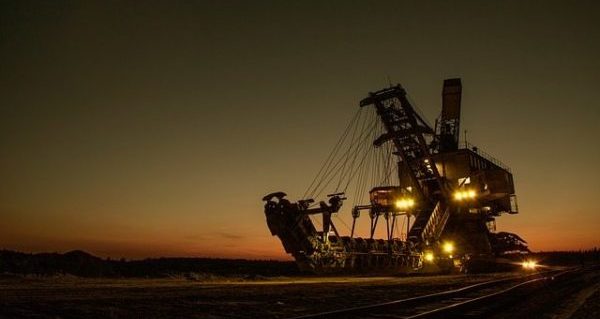By Kenneth Green
and Ashley Stedman
The Fraser Institute
Manitoba is no longer a top-ranked jurisdiction for mining investment because of government policy uncertainty, according to the Fraser Institute’s annual survey of mining companies.

Ken
Green
Every year, the Fraser Institute surveys mining companies around the world to determine which jurisdictions are attractive – or unattractive – for investment, based on policies and geology. The survey spotlights policies (taxes, duplicative regulations, availability of labour and skills, etc.) that govern the mining industry and impact the investment attractiveness of jurisdictions worldwide.
Over the years, Manitoba has had its ups and downs in the survey. Last year, it ranked second worldwide. But it fell to 18th place this year. Why?
Because survey respondents expressed increased concern over political instability and taxation.
The dramatic drop appears to be a made-in-Manitoba problem, as three Canadian provinces – Saskatchewan (second), Quebec (sixth) and Ontario (seventh) – now rank in the top 10 globally. In fact, Ontario saw its rank improve from 18th last year to seventh this year. In Ontario, the industry is now less concerned about uncertainty around disputed land claims and protected areas.

Ashley
Stedman
Meanwhile, in Manitoba, 45 per cent of survey respondents cite uncertainty around disputed land claims and protected areas as deterrents to mining investment, compared to much less uncertainty in Saskatchewan (17 per cent cite disputed land claims, 23 per cent cite protected areas).
Given the recent actions – or perhaps inaction – by the provincial government, it’s no surprise that mining companies are skeptical about investing in Manitoba.
For example, in 2017 the government unveiled its Climate and Green Plan, which includes a $25-per-tonne carbon tax. According to the plan, the carbon tax will “start and stay” at $25 per tonne and not rise to the federally-mandated $50 per tonne by 2022. However, that raises questions about Manitoba’s ability to resist the federally-mandated hike. Surely investors will be watching to see how the federal government plans to implement its “backstop measures” in Manitoba to reach the $50-per-tonne price.
Manitoba’s climate plan also states that the province is reviewing its “network of protected areas.” However, it’s unclear what this means for the mining industry and the ancillary benefits of jobs and tax revenue.
Clearly, the mining industry has a rich history of wealth generation in the province. But Manitoba seems to be paying the price for unclear policies. For example, Alto Ventures Ltd., an exploration and development company, recently pulled the plug on an exploration program at Oxford Lake in Manitoba. The company cited challenges in obtaining “clear and timely information” about the government’s position on consultation and permitting matters. Alto said it will refocus on projects in northwestern Ontario and Quebec.
Policies and investor perceptions matter. Mining investors have a gloomy outlook for Manitoba’s mining industry compared to other provinces, as policy uncertainty is deterring investment.
The provincial government should focus on adopting clear and competitive policies to show investors that Manitoba’s mining industry is open for business once again.
Kenneth Green and Ashley Stedman are the co-authors of the Fraser Institute’s 2017 Survey of Mining Companies.
The views, opinions and positions expressed by columnists and contributors are the author’s alone. They do not inherently or expressly reflect the views, opinions and/or positions of our publication.

